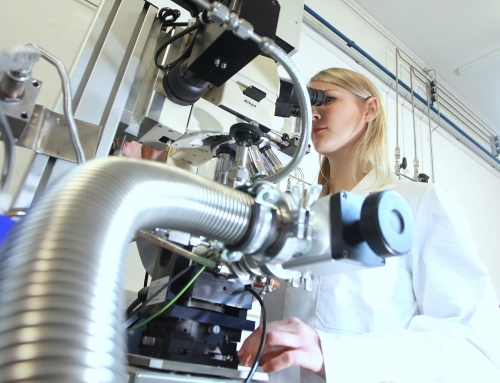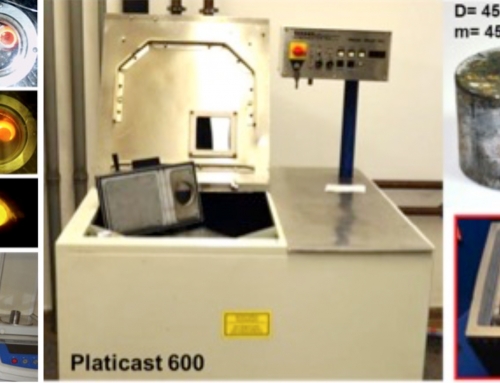Oxidation processes are almost unavoidable in the production and further processing of steel. Therefore, a better understanding of its mechanisms is crucial. Simulating selected process steps, like casting, heat treatment or hot rolling, by simultaneous-thermal-analysis (STA-DTA/TG measurements) improve the understanding of the influence of process parameters and steel composition on the formation of surface quality-related critical oxidation phenomena like intergranular oxidation or liquid metal embrittlement. The controlled experiment is performed either with industrial samples or with samples prior melt in the in-house laboratory melt shop, which allows the investigation of a wide range of compositions and the specific influences of alloying elements.
The complete setup includes precision pressure controllers and mass flow controllers (MFC’s), a water vapor generator, the Netzsch STA 449 F3 Jupiter with a SiC-furnace for dry atmospheres up to 1550°C, and an extra water vapor furnace for humidified atmospheres. In addition, a classical mass spectrometer is used for controlling the adjusted gas atmosphere. Beside isothermal oxidation experiments, complex time-temperature-gas programs can be simulated.
Oxidation experiments can be executed with:
- pure gases
- Ar, synthetic air (20% O2 and 80% N2), N2, CO2 and water vapour
- gas mixtures (all possible mixtures of the gases listed above can be prepared)
- natural gas combustion (CO2-O2-H2O-N2)
- Hydrogen combustion (H2O-N2)
- moist air (O2-N2-H2O)
- …
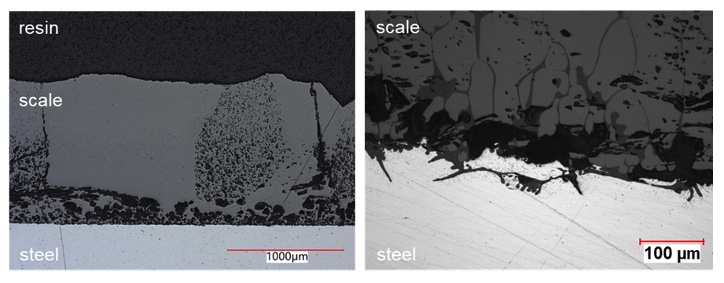
Contact:
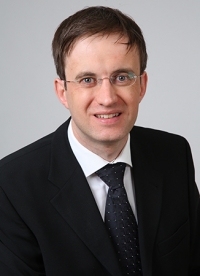
Peter Presoly
Dipl.-Ing. Dr.mont.Post Doc - Thermal Analysis and Thermodynamics
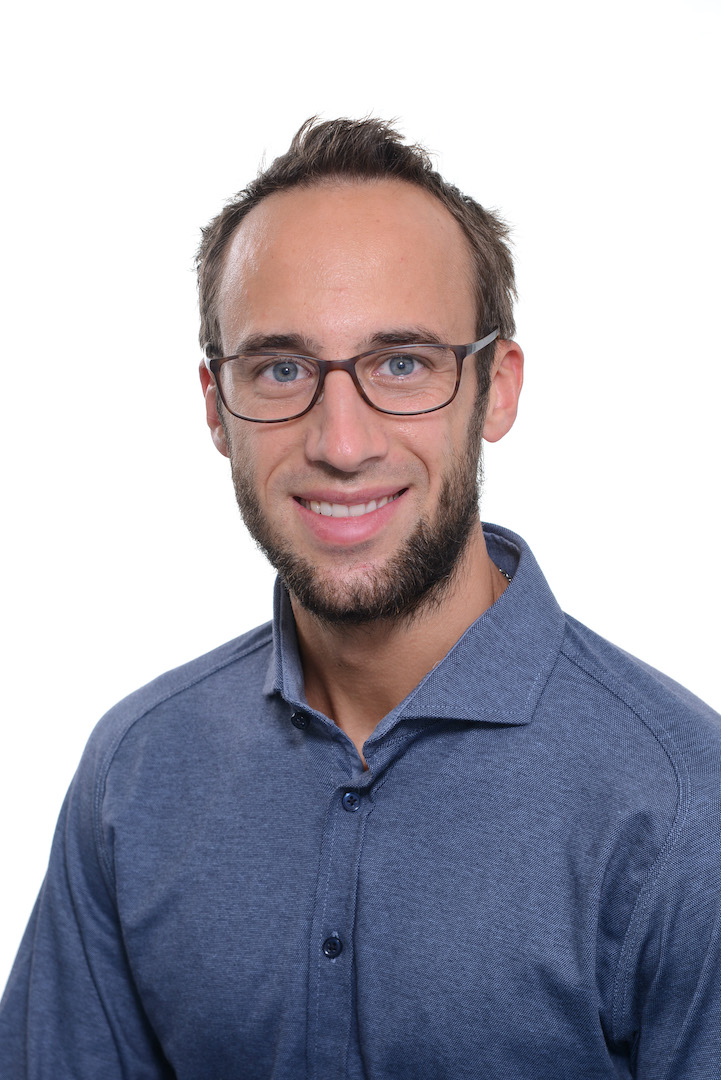
Georg Gaiser
Dipl.-Ing.PhD-candidate - Thermal Analysis and Thermodynamics





